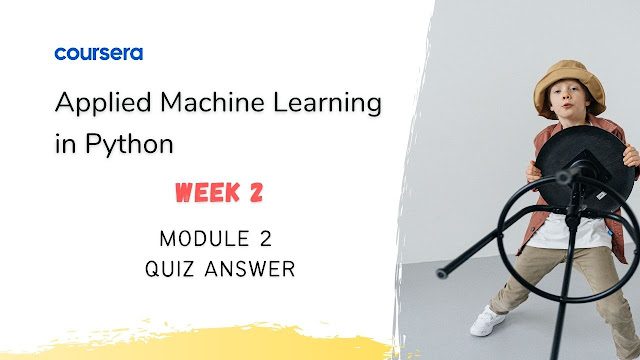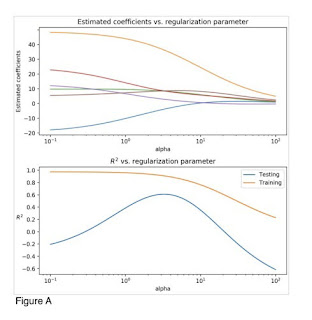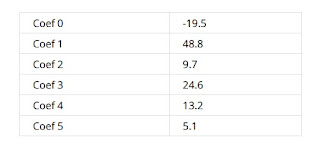Applied Machine Learning in Python Module 2 Quiz Answer
Hello Friends in this article i am gone to share Applied Machine Learning in Python Coursera Module 2 Quiz Answers with you..
Applied Machine Learning in Python Quiz Answer
Also visit this link: Applied Machine Learning in Python Module 1 Quiz Answer
Module 2 Quiz Answer
Question 1)
After training a ridge regression model, you find the the training and test set accuracies are 0.98 and 0.54 respectively. Which of the following would be the best choice for the next ridge regression model you train?
- You are overfitting, the next model trained should have a lower value for alpha
- You are overfitting, the next model trained should have a higher value for alpha
- You are underfitting, the next model trained should have a lower value for alpha
- You are underfitting, the next model trained should have a higher value for alpha
Question 2)
After training a Radial Basis Function (RBF) kernel SVM, you decide to increase the influence of each training point and to simplify the decision surface. Which of the following would be the best choice for the next RBF SVM you train?
- Decrease C and gamma
- Increase C and gamma
- Increase C, decrease gamma
- Decrease C, increase gamma
Question 3)
Which of the following is an example of multiclass classification? (Select all that apply)
- Classify a set of fruits as apples, oranges, bananas, or lemons
- Predict whether an article is relevant to one or more topics (e.g. sports, politics, finance, science)
- Predicting both the rating and profit of soon to be released movie
- Classify a voice recording as an authorized user or not an authorized user.
Question 4)
Looking at the plot below which shows accuracy scores for different values of a regularization parameter lambda, what value of lambda is the best choice for generalization?
- 10
Question 5)
Suppose you are interested in finding a parsimonious model (the model that accomplishes the desired level of prediction with as few predictor variables as possible) to predict housing prices. Which of the following would be the best choice?
- Ordinary Least Squares Regression
- Lasso Regression
- Ridge Regression
- Logistic Regression
Question 6)
Match the plots of SVM margins below to the values of the C parameter that correspond to them
- 1, 0.1, 10
- 10, 1, 0.1
- 10, 0.1, 1
- 0.1, 1, 10
Question 7)
Use Figures A and B below to answer questions 7, 8, 9, and 10.
Question 8)
Looking at the two figures (Figure A, Figure B), determine which linear model each figure corresponds to:
- Figure A: Ridge Regression, Figure B: Lasso Regression
- Figure A: Lasso Regression, Figure B: Ridge Regression
- Figure A: Ordinary Least Squares Regression, Figure B: Ridge Regression
- Figure A: Ridge Regression, Figure B: Ordinary Least Squares Regression
- Figure A: Ordinary Least Squares Regression, Figure B: Lasso Regression
- Figure A: Lasso Regression, Figure B: Ordinary Least Squares Regression
Question 8)
Looking at Figure A and B, what is a value of alpha that optimizes the R2 score for the Ridge Model?
- 3
Question 9)
Looking at Figure A and B, what is a value of alpha that optimizes the R2 score for the Lasso Model?
- 10
Question 10)
When running a LinearRegression() model with default parameters on the same data that generated Figures A and B the output coefficients are:
For what value of Coef 3 is R2 score maximized for the Lasso Model?
- 0
Question 11)
Which of the following is true of cross-validation? (Select all that apply)
- Helps prevent knowledge about the test set from leaking into the model
- Fits multiple models on different splits of the data
- Increases generalization ability and computational complexity
- Increases generalization ability and reduces computational complexity
- Removes need for training and test sets





